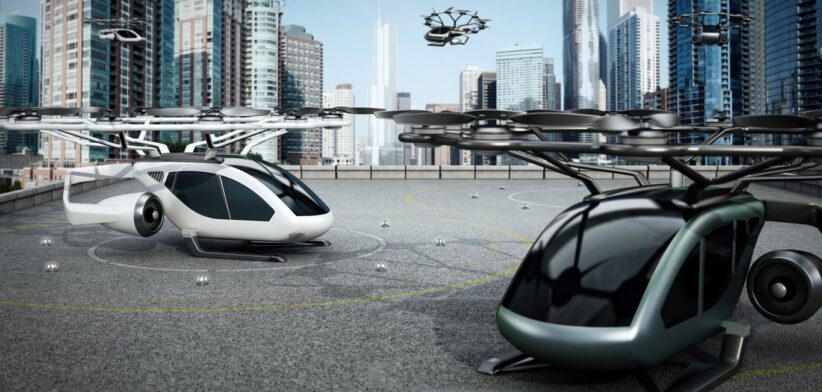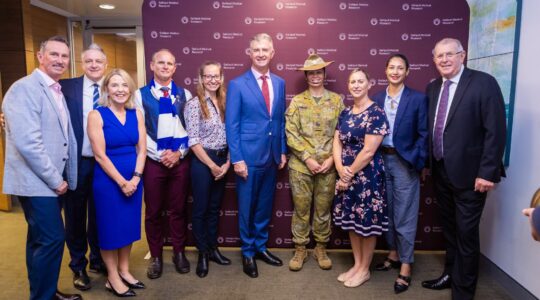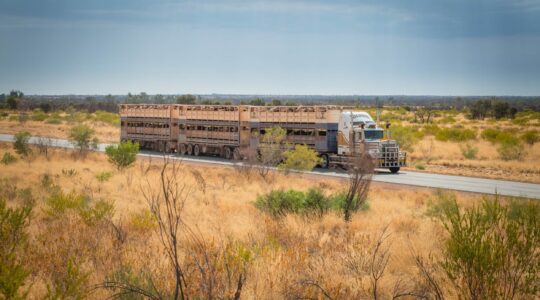The vision of air taxis buzzing around our cityscapes may be a way off yet, but the Brisbane 2032 Games offers a promising platform to test their potential.
New analysis from Georgia Tech researchers said while the technology was evolving, a lot of work was needed in the areas of safety and public confidence.
Professor Laurie Garrow said the new wave of aviation innovation, known as advanced air mobility (AAM), was taking shape above our cities.
Professor Garrow said the aim was for short flights in electric air taxis to complement cars and trains as part of everyday transportation, to connect communities more efficiently while reducing emissions and noise.
“The same battery and automation technologies we’re using in electric ground vehicles are now being scaled for aircraft,” he said.
“We’re also seeing improvements in distributed propulsion and composite materials that make these aircraft lighter, quieter, and more efficient.”
Professor Garrow said, however, widespread commercial service was years away.
“We may see high-profile demonstrations soon, maybe even at global events like the Olympics, but aviation certification is a rigorous process. It takes time to earn public trust.”
He said “roads in the sky”, corridors where these aircraft could operate alongside traditional air traffic, still needed to be defined.
“And we’ll need to ensure certification standards, air traffic control, and pilot training evolve alongside technology.”
“Understanding how these vehicles interact with complex urban environments is essential to safe operation.”








